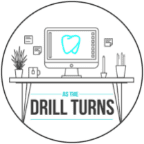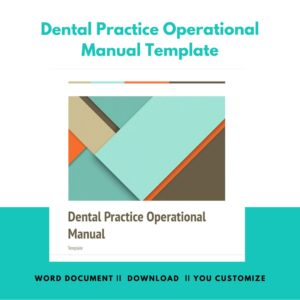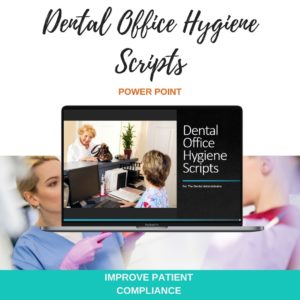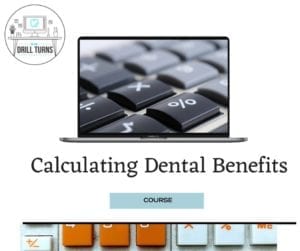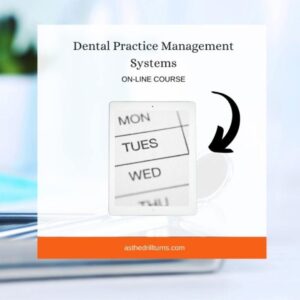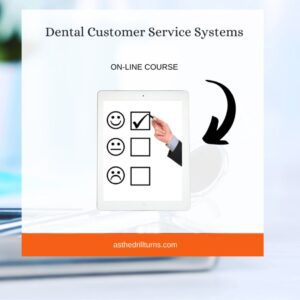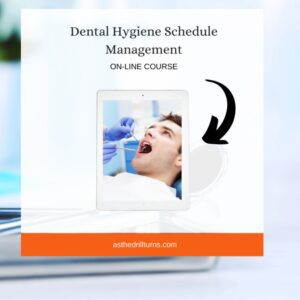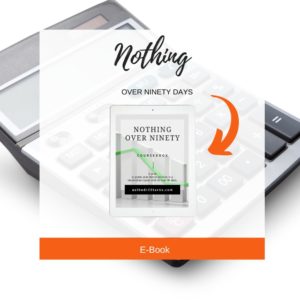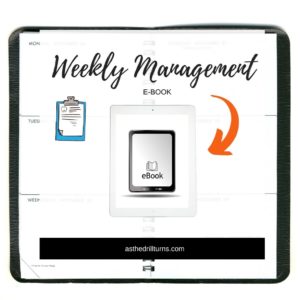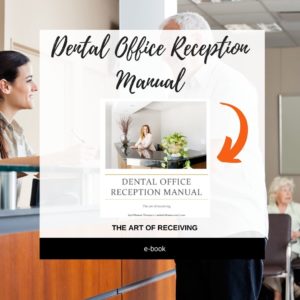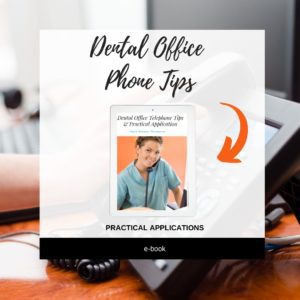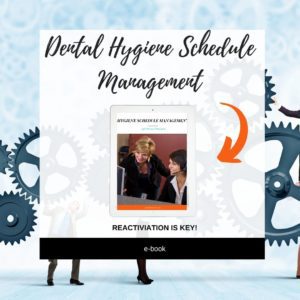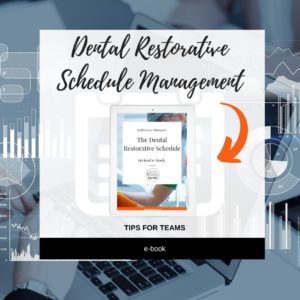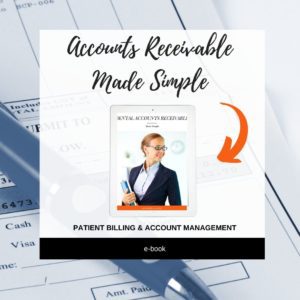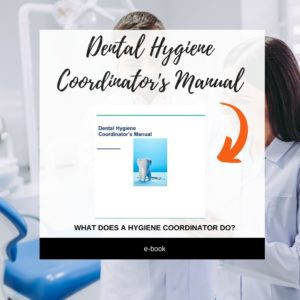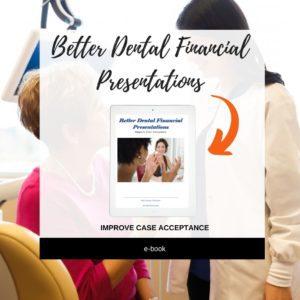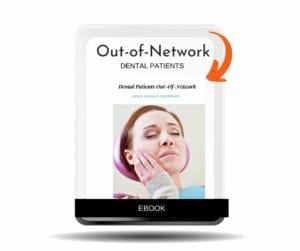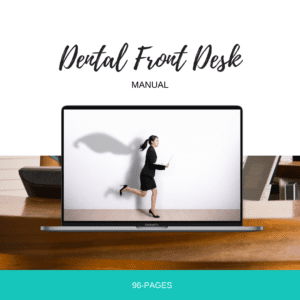Dental Insurance Rollover Terminology Exploration
Dental insurance rollover terminology is important to understand. As there are many different aspects to consider in a rollover. Let’s begin with a definition of rollover. What does it mean when a plan has a rollover feature? This applies to unused dental benefits. But there are limitations and exclusions to consider.
Usually, at least one dental claim submission is required per patient to utilize the rollover feature. And in addition to that, a patient must often meet other requirements. For example, a patient may need to be on a plan for at least 3 months. And all waiting periods are met. Plus, a patient must be eligible for major services to rollover unused benefits.

Every Plan is Different
Details matter with insurance verification. And we must ask all the questions when we verify insurance. Often, insurance representatives provide only what we ask for. Have your questions ready, and take great notes. Take the time you need once you reach an insurance representative.
Consider technology and automation to help with verification. Although we may still need to place a call ourselves. However, this is a great way to gather some basic information. And then we are able to scale down the amount of time spent on the phone to verify benefits. But, let’s jump into additional terminology that will help.

Automate Patient Benefits & More!
Dental Insurance Rollover Terminology Discovery
Qualifier: Allows a patient to utilize rollover enhancements – usually a dental exam or dental cleaning & the claim must be submitted to the insurance plan each benefit year.
Annual Maximum: The dollar amount a patient has in benefits each year. This may run on a calendar year or fiscal year. Unpaid benefits each year are eligible for a rollover where allowed.
Expiration: Dental insurance rollovers may be subject to expiration. Often times, rollover benefits expire in the same year they rollover. It’s a use it or lose it kind of thing.
Database Maintenance is Crucial
Dental insurance is important to patients. And our patients are important to us. So, we are their heroes when we handle their benefits well. We remind patients they have unused dental benefits. And we help them use their benefits to the best of our abilities. Which may even include rollover considerations.
Knowledge and accuracy set the stage. However, our database is critical here. Because this is where we get our information. And there may be times when we schedule treatment early in a patient’s benefit year. Be it a fiscal or a calendar year. Especially with a rollover plan. Because we help them use more benefits for more costly treatment.
Let Your Patients Know They Have Benefits Left!
Dental Insurance Rollover Terminology Mastery – Run Your Reports
Twice a year, run your unscheduled treatment reports. You may already be looking at these reports to see who has benefits about to expire. We do this in April/May and again in October/November. At least, that’s my recommendation. But look at this report with a different perspective. Check to see who has rollover benefits that are about to expire.
But also check to see who has new rollover benefits. Because not every patient may be able to squeeze in their treatment before their benefits expire. Prioritize who has more benefits if they wait for their new year. And who absolutely must get in or will lose their benefits. And remember, those hygiene reactivation calls too. Patients may need an exam or hygiene visit to qualify at all!
